Nutrition and Food Security
Number of results stories covering this topic: 9
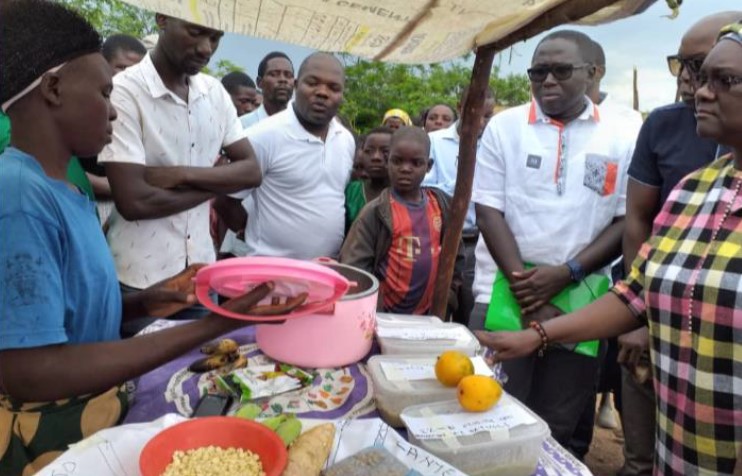
Multisectoral Community Mobilization for Stunting Reduction
After close to 15 years of relatively successful nutrition policy development and programming, Senegal is at a crossroad to renew the policy and programming environment that will help the country deal with the more deep-rooted problems of malnutrition. This requires enhanced multisectoral engagement and community dialogue as outlined in the…
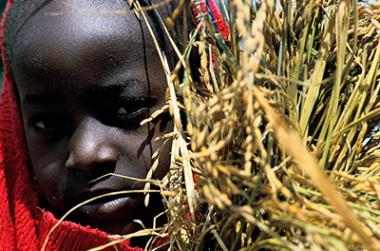
Strengthening nutrition programs in West African countries
The Governments of Senegal, Ghana, and the Gambia sought to strengthen their capacity to reduce rates of malnutrition. Through a series of peer reviews in nutrition, officials from these countries identified new directions for reform, and enhanced their skills and commitment to design nutrition programs. They also integrated lessons from these…
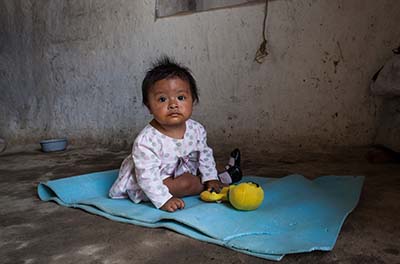
Lessons Spread to Combat Malnutrition in Central America
Chronic malnutrition, or stunting, is a serious problem in Central America. Stunting rates in El Salvador, Guatemala, Honduras, Nicaragua, and Panama are greater than 20 percent and the cost of malnutrition in these countries is estimated to range from 2.3 to 11.4 percent of GDP.1 A growing number of studies show that community-based growth…
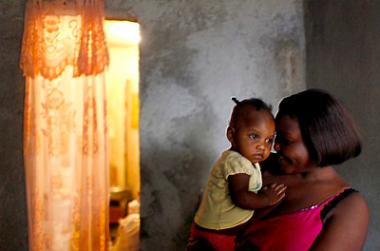
Building the Capacity of Caribbean Countries to Protect and Promote Nutrition of Mothers and Children during Crises
Several Caribbean countries face similar challenges including inadequate policies, interventions, and systems to protect the most vulnerable from the irreversible effects of recurring crises impacting the health and nutrition status of mothers and children. Grenada, Haiti, Dominica, St. Lucia, and St. Vincent recognized their need for assistance…

Exporting India’s Dairy “Revolution” to Help Feed Children in Africa
While Tanzania and Uganda had taken measures to increase milk production, including creation of National Dairy Development Boards (NDDBs), problems in the milk supply chains continued to hamper milk output. Tanzanian and Ugandan Ministry of Agriculture and other dairy sector officials wanted to learn from India, where a “white revolution” had…
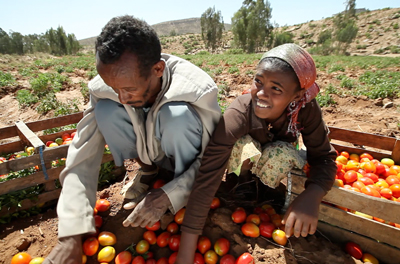
Djibouti Learns about Direct Cash Transfer Systems and Cash for Work
Djibouti was heavily dependent on food and energy imports, while about three-fourths of its population lived in extreme poverty. The government had been exploring alternative ways for alleviating poverty through social assistance programs financed by international institutions, such as the World Bank. It was among the first countries to receive a…
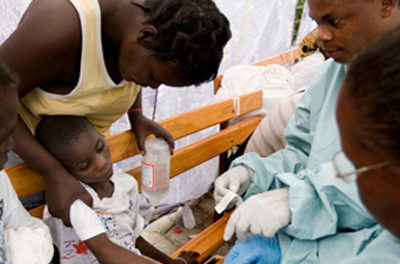
Haiti Scales Up Nutritional Security and Social Safety Nets
Children in Haiti are born into harsh conditions, and malnutrition is widespread, taking a devastating human and economic toll.1 To combat malnutrition, the government of Haiti approached the World Bank for help in strengthening the country’s nutritional security and safety net programs. Haiti chose to participate in a Bank-supported knowledge…
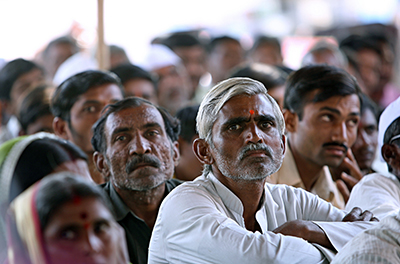
Enhancing Capacity to Improve Social Protection Strategies in Delhi
The Mission Convergence (MC) or “Samajik Suvidha Sangam” in Hindi is an initiative by the Government of the National Capital Territory of Delhi (GNCTD) that aims to alleviate poverty and improve government social programs. GNCTD officials needed help and information on how to incorporate multiple poverty reduction programs into an improved program…
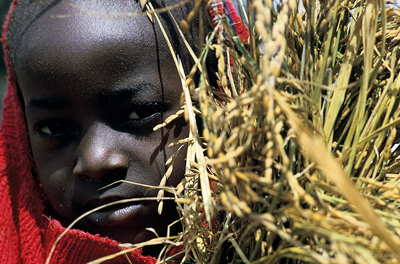
Developing an Effective Nutrition Sector in Malawi
Malawi has the highest rate of chronic malnutrition in Africa. To improve the lives of millions of Malawians and fight malnutrition, the government is scaling up nutrition interventions and making these programs central to development. However, Malawi needed to build capacity for effective implementation and policy leadership, as well as…

 China
China Colombia
Colombia Denmark
Denmark India
India Indonesia
Indonesia Mexico
Mexico Russian Federation
Russian Federation Spain
Spain United Kingdom
United Kingdom